Madagascar is an island of contrasts, the rich and the poor, the endearing mouse-lemur versus the menacing fossa, but in this land the terrain contrasts the most, influencing the environment and the people and wildlife that live there.
Travelling from one side of the country to the other is like travelling across entire continents and more, starting with tropical islands, rainforests of South America, Asian mountains, the plains of Tanzania and finishing up in the Kalahari. Nowhere else on the globe is quite like it and for this reason and many more is a must see on any adventurers list.
Website: www.davidoliverdawson.com
Ille Aux Nattes , a small island paradise.
Protected on all sides by a barrier reef Ille Aux Nattes would have long ago been washed away by the Indian Ocean. Only approachable by a pirogue canoe from Ille Saint Marie it is as far removed from the hurly burly of city life as you can imagine.
Rainforest Waterfall
Much of the rain falls on the East coast of the island, creating thick subtropical rainforests.
Rice Paddies
Just a short drive out of the capital agriculture becomes prevalent, with rice paddies taking up much of the lowlands.
The capital city, Antananarivo.
Known as Tana for short, Antananarivo is a bustling city, with openair markets, sprawling across a wide area with low buildings.
River Crossing
Getting around Madagascar can be difficult, with most river crossings having ferries rather than bridges.
Jurassic Park
A stream running through this narrow valley keeps it cool and the plants watered, and in my mind looks like dinosaurs could appear at any moment!
Clay Terraces
Rising into the mountains the rice terraces remain dry, waiting for the rainy season to return and allow them to grow rice again.
Madacascar’s Spine
There is a spine of mountains running North-South across the island, meaning most of the prevailing winds from the Indian Ocean drop their moisture on the East side, with the West being very dry.
Slash and Burn
Much of the island is suffering from slash and burn techniques, but the arid soil often fails to allow crops to take hold. Madagascar is a poor country, and this is often the only option for people to survive.
The Long Road
There is a high central plateau on the southern part of Madagascar, stretching for many miles, similar to the Serengeti. Having broken from Africa many years ago there are no herds roaming the plains.
Water Shortage
Moving further East the landscape gets drier and drier, turning first to scrubland then to dry rock and desert.
Tsingy de Bemaraha
Formed from Karst Limestone the Tsingy are razor sharp rocks towering many meters tall, making traversing them very difficult.
Razors Edge
On the edge of the limestone formations plants are quick to take hold, with some even living in patches between the rocks.
A Picturesque Land
From the tropical islands, amongst the towering rocks and through to the dry lands there is stark beauty about Madagascar.
This beauty is shared by the people that inhabit the islands, who although often very poor are always very friendly and welcoming.
Desert Oasis
Even in the dry rocky tundra there is the occasional oasis. Here a natural swimming pool is formed where icy water appears shortly upstream from deep underground.
Avenue of Baobabs
Baobabs survive the long dry seasons by storing moisture in their trunks, and shedding their leaves. Some of the larger baobabs are estimated to be over 1,000 years old.
325views
Share on Facebook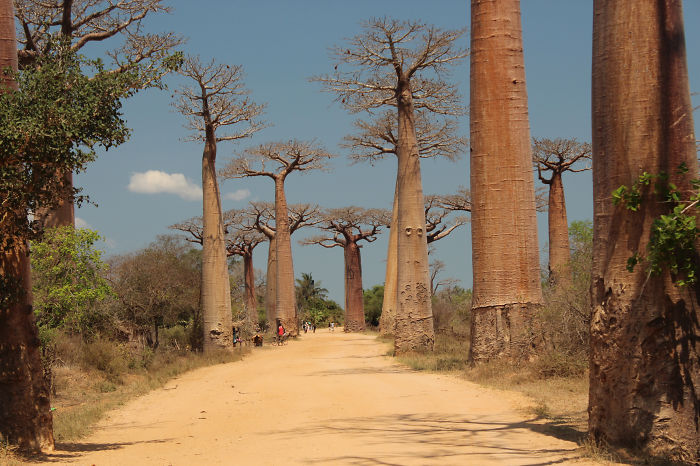
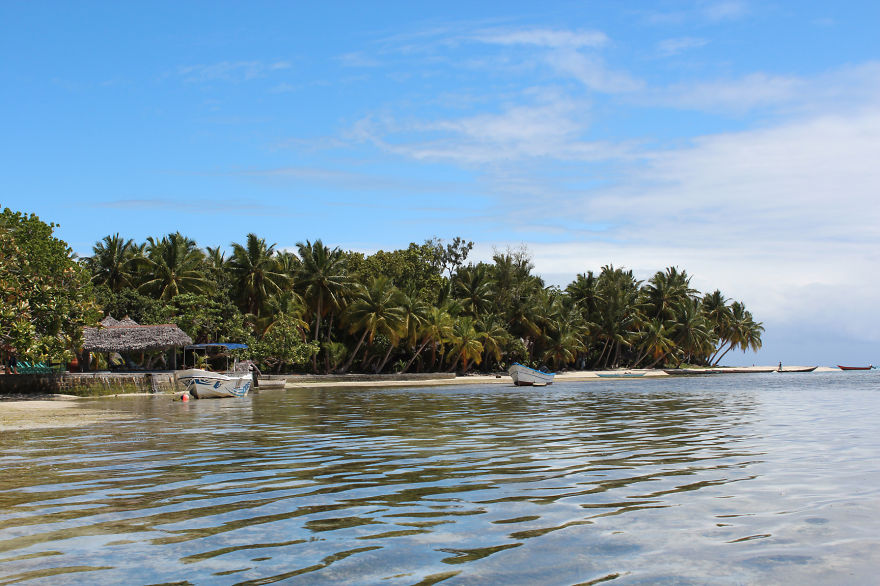
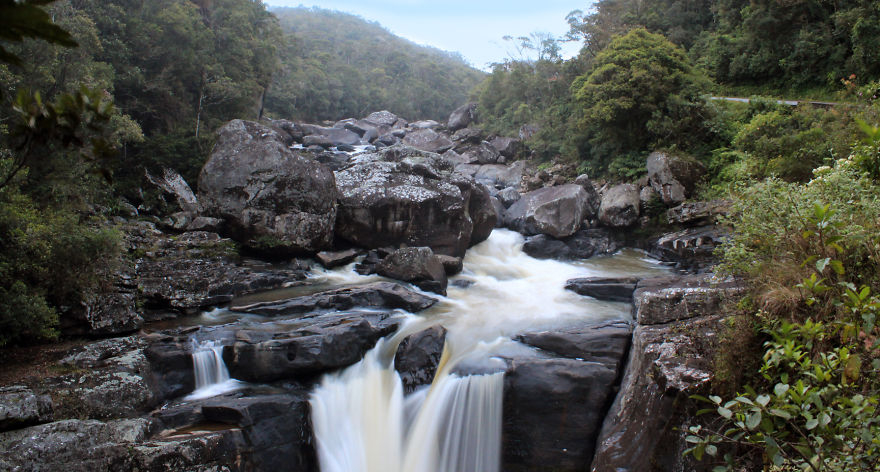
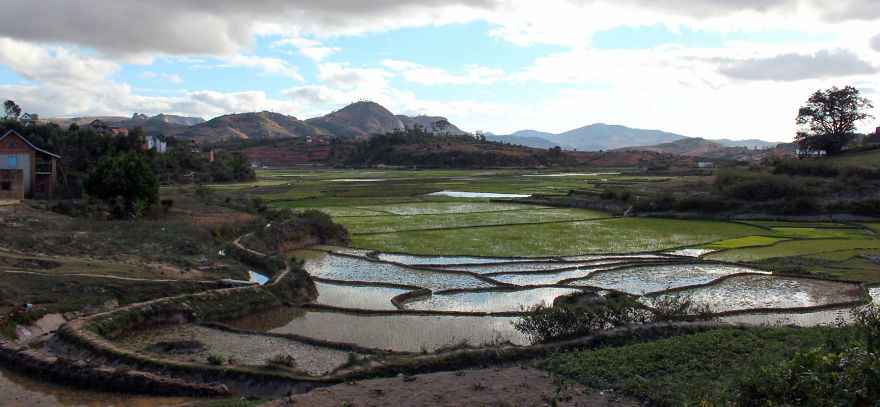

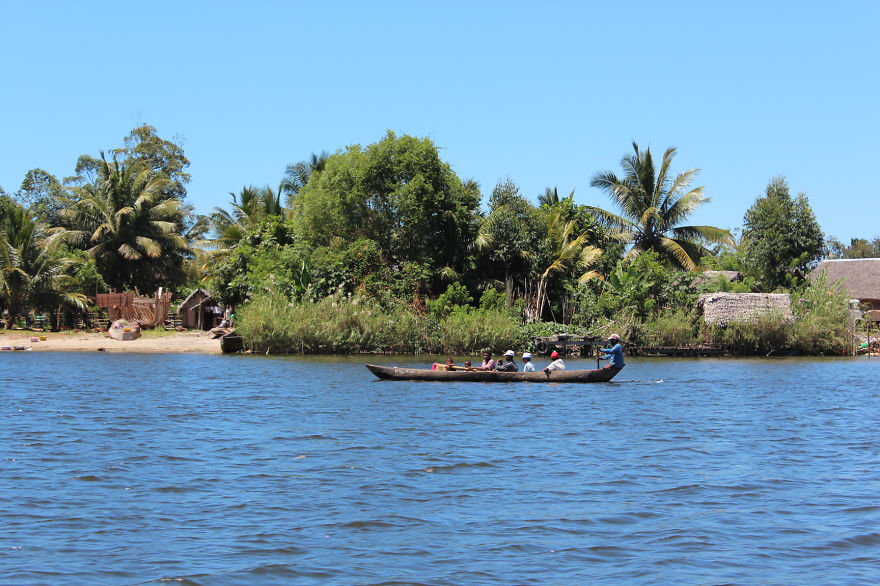
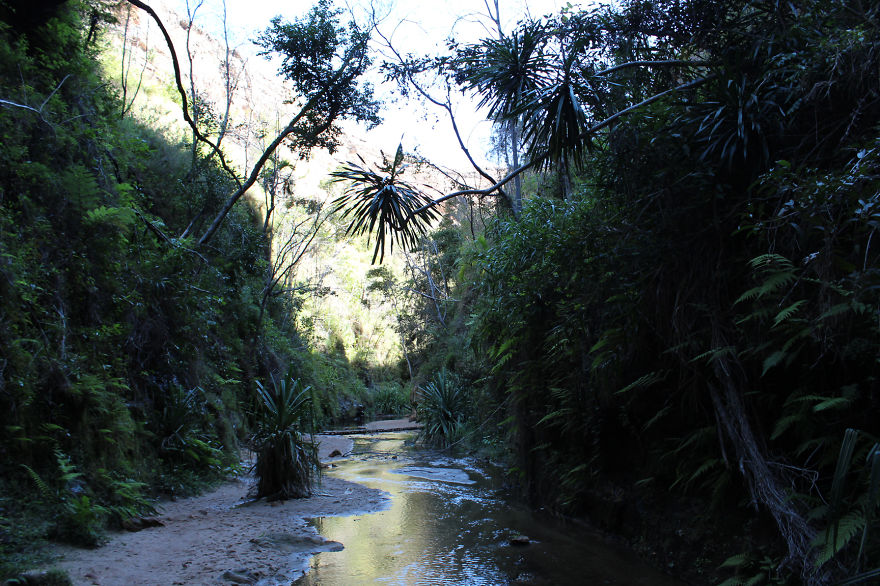
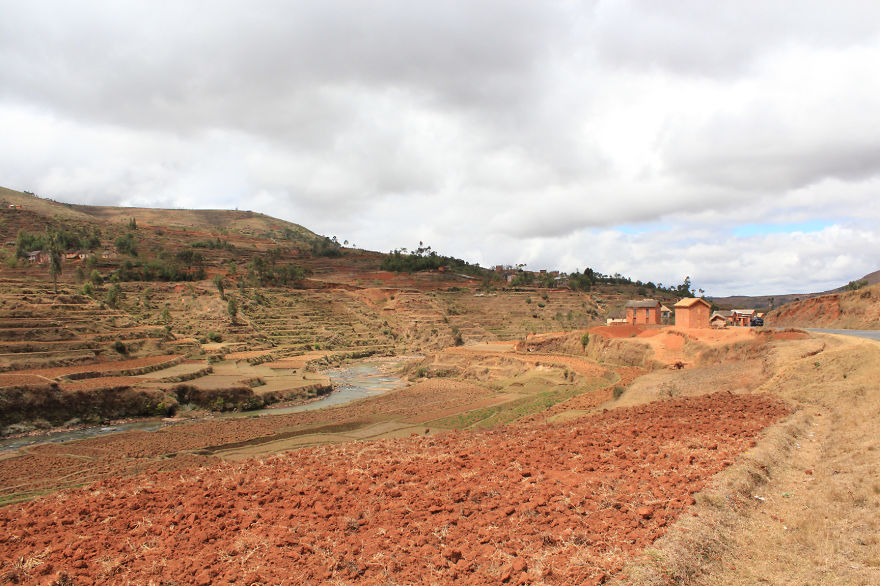
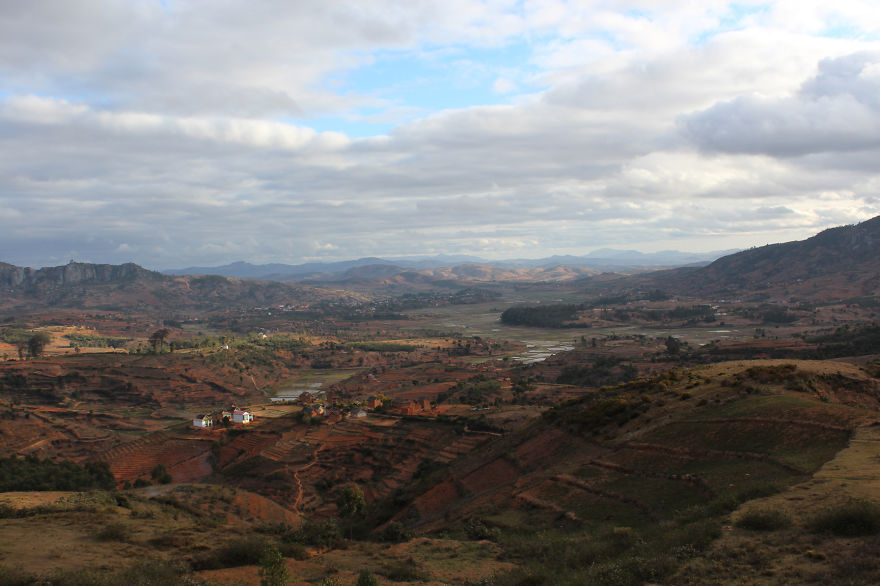
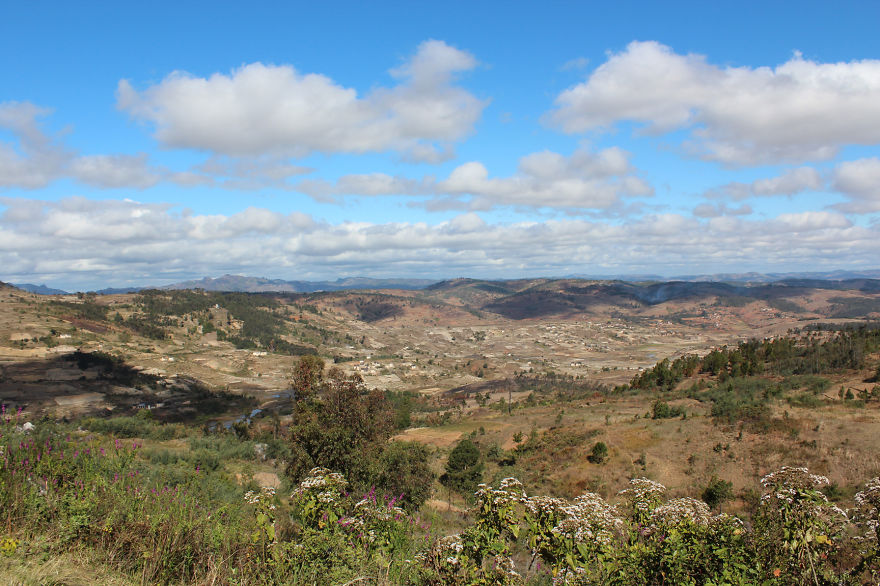
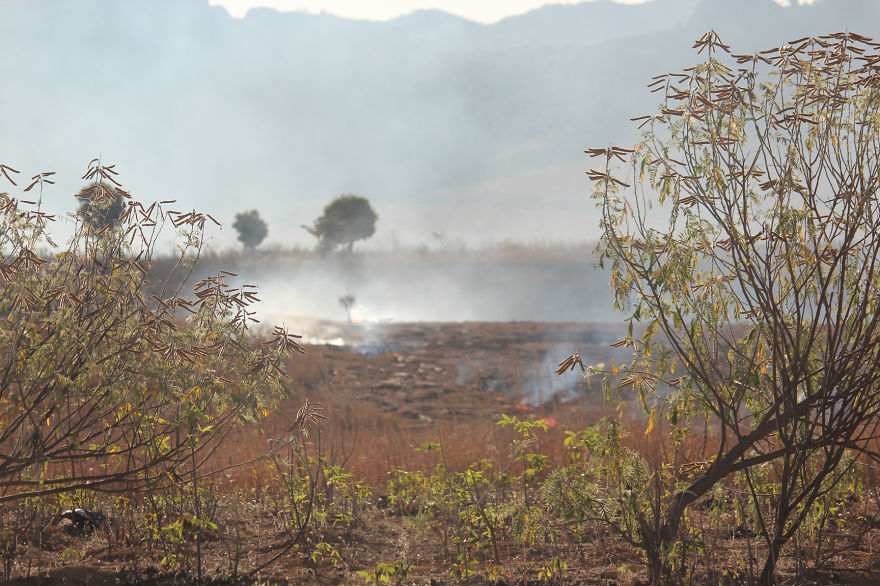
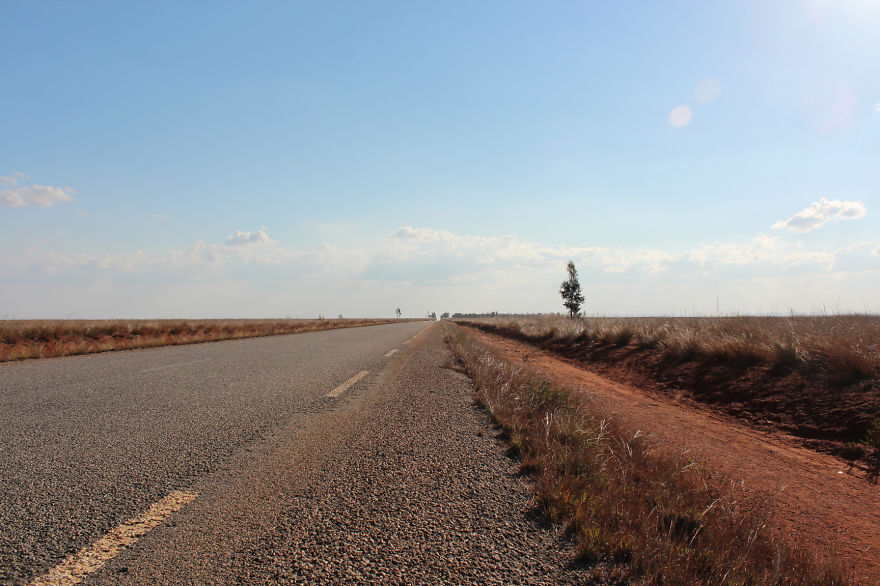
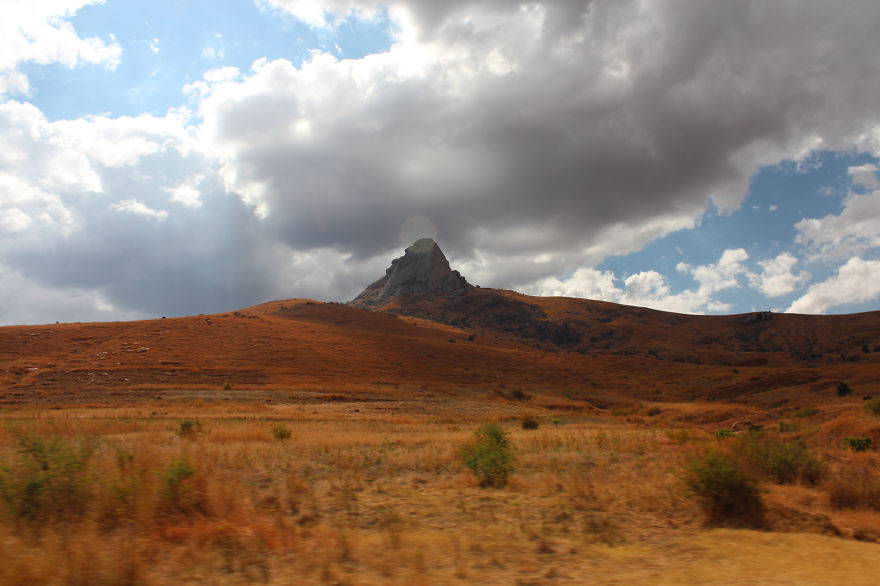
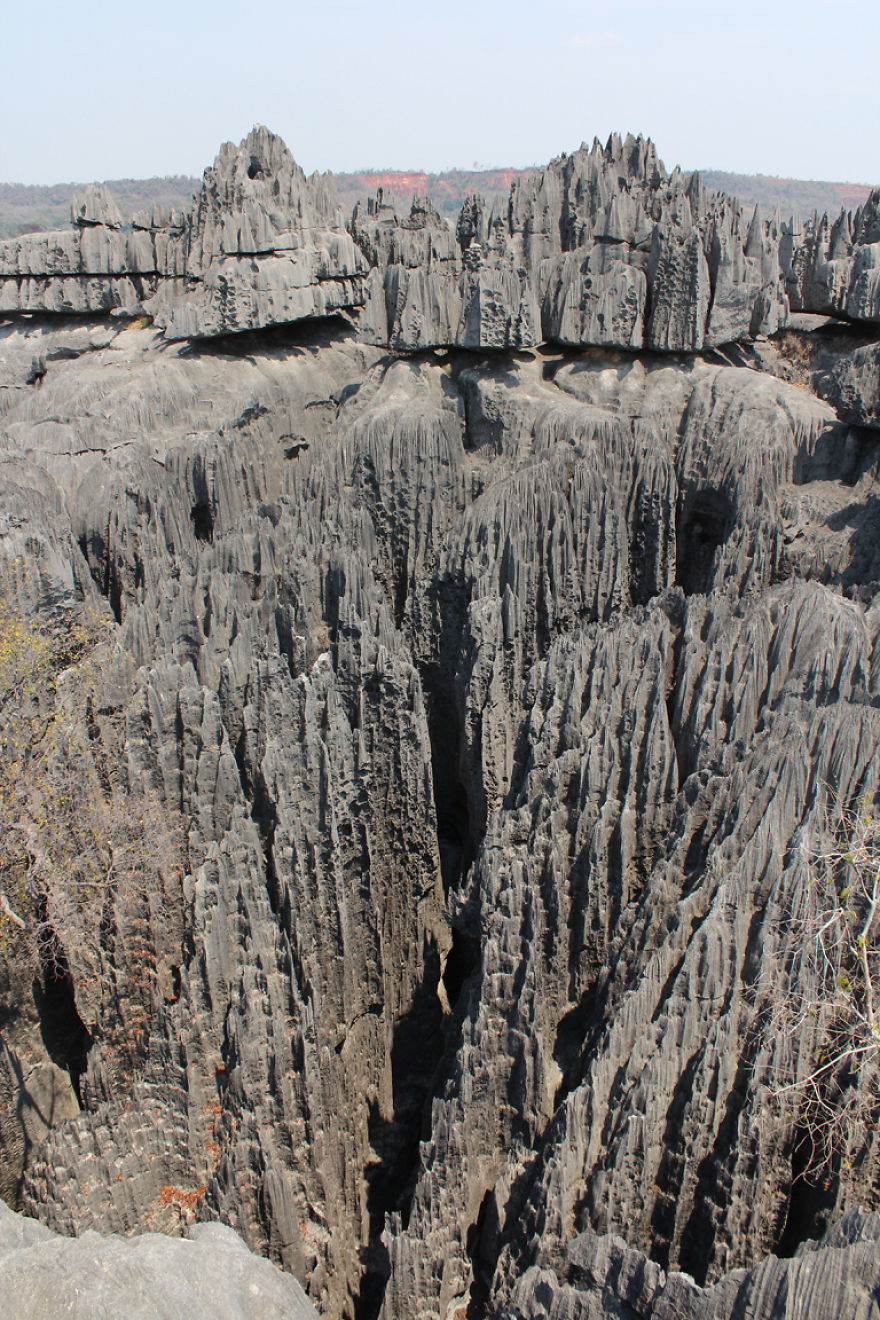
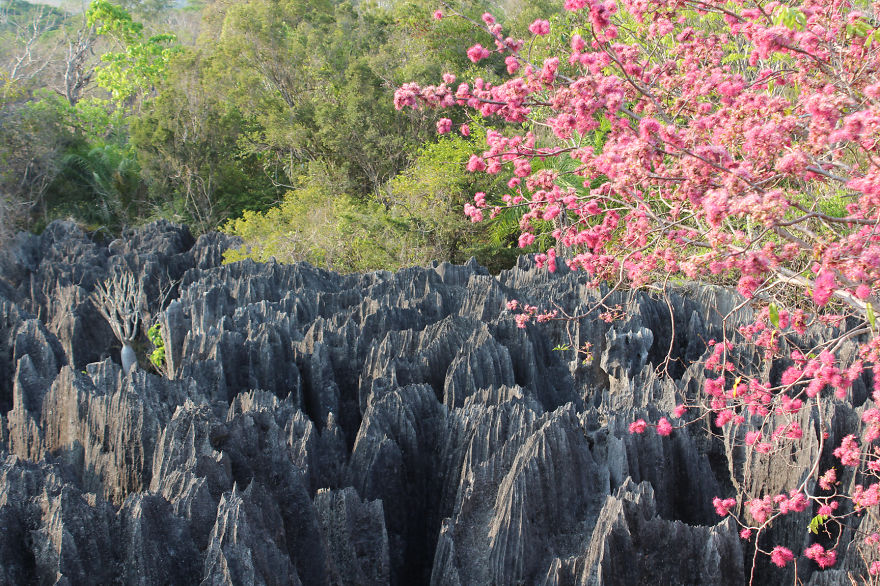
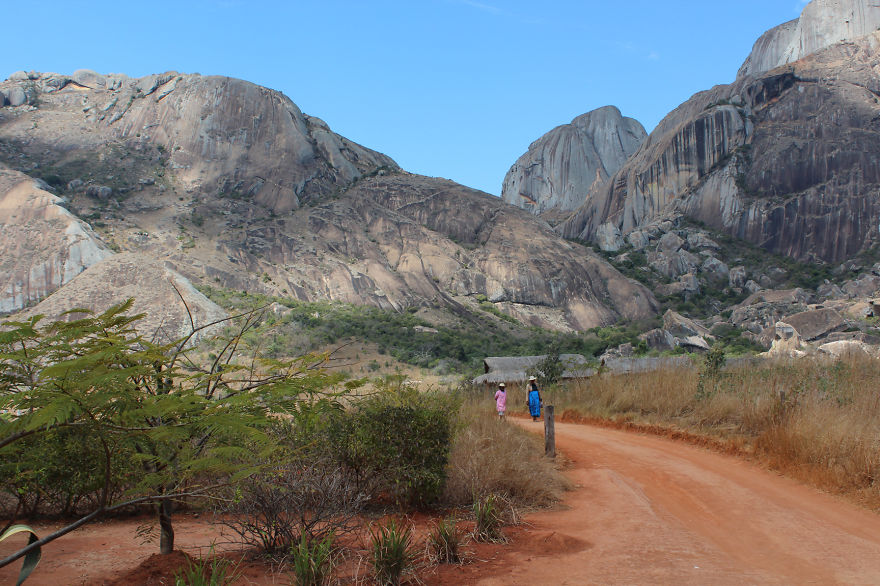
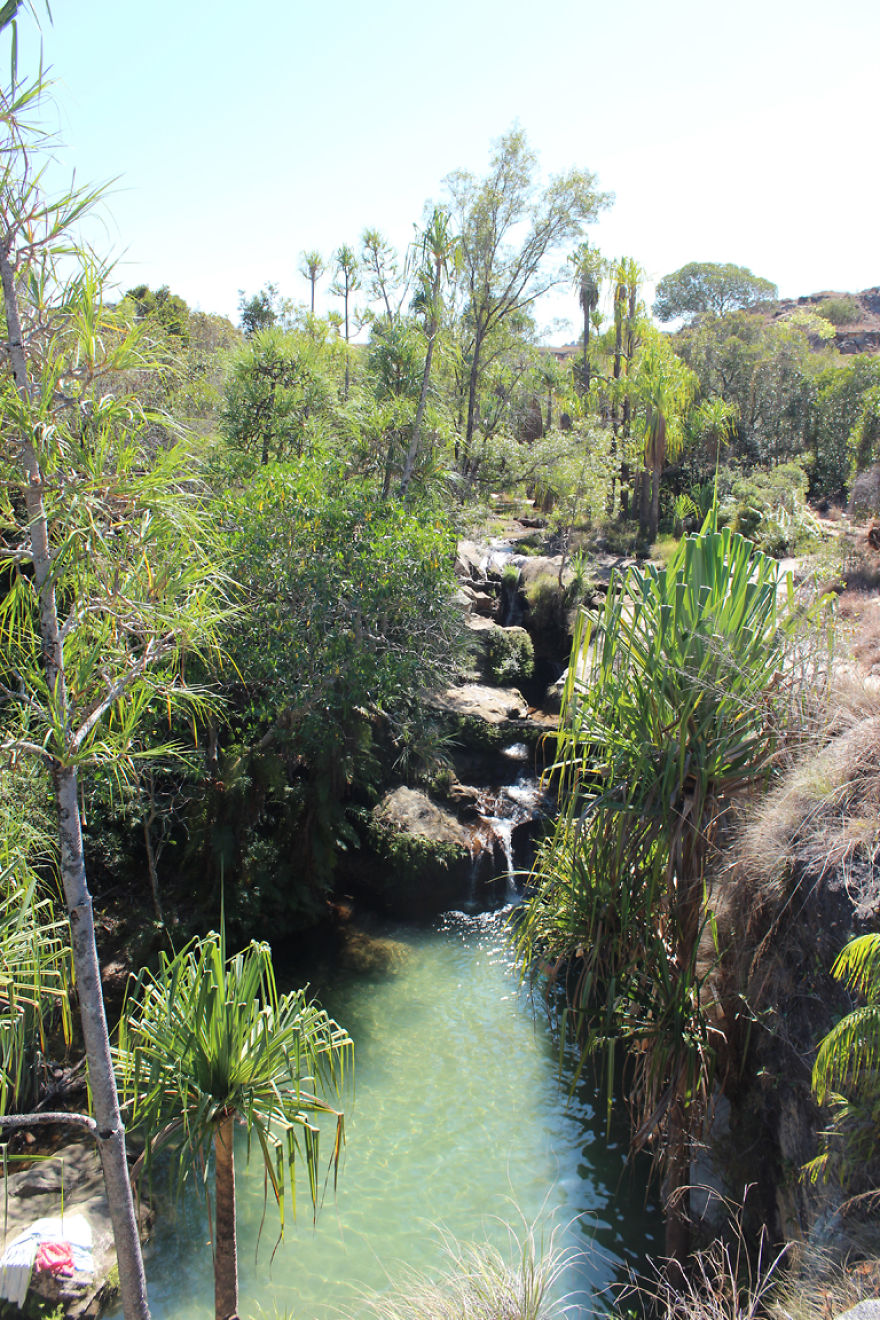
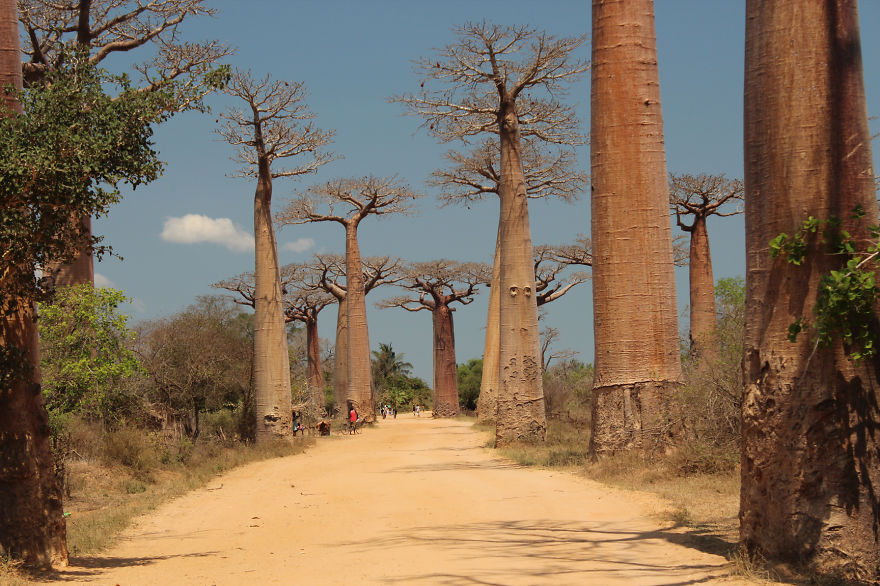



4
0